Content of the article
- /01 How viral marketing works
- /02 Advantages and disadvantages of viral marketing
- /03 Types of viral marketing
- /04 Viral marketing methods
- /05 How to create a viral ad: a step-by-step plan
- /06 Analyzing the effectiveness of viral advertising
- /07 Successful examples of viral marketing
- /08 Is it worth using virtual viral marketing?
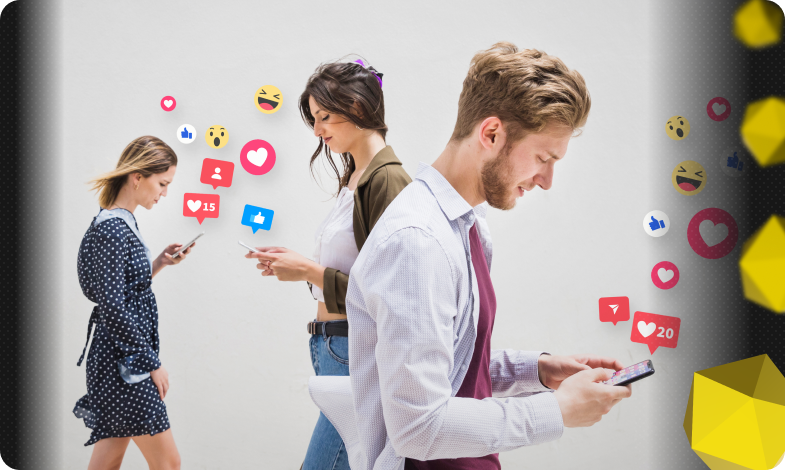
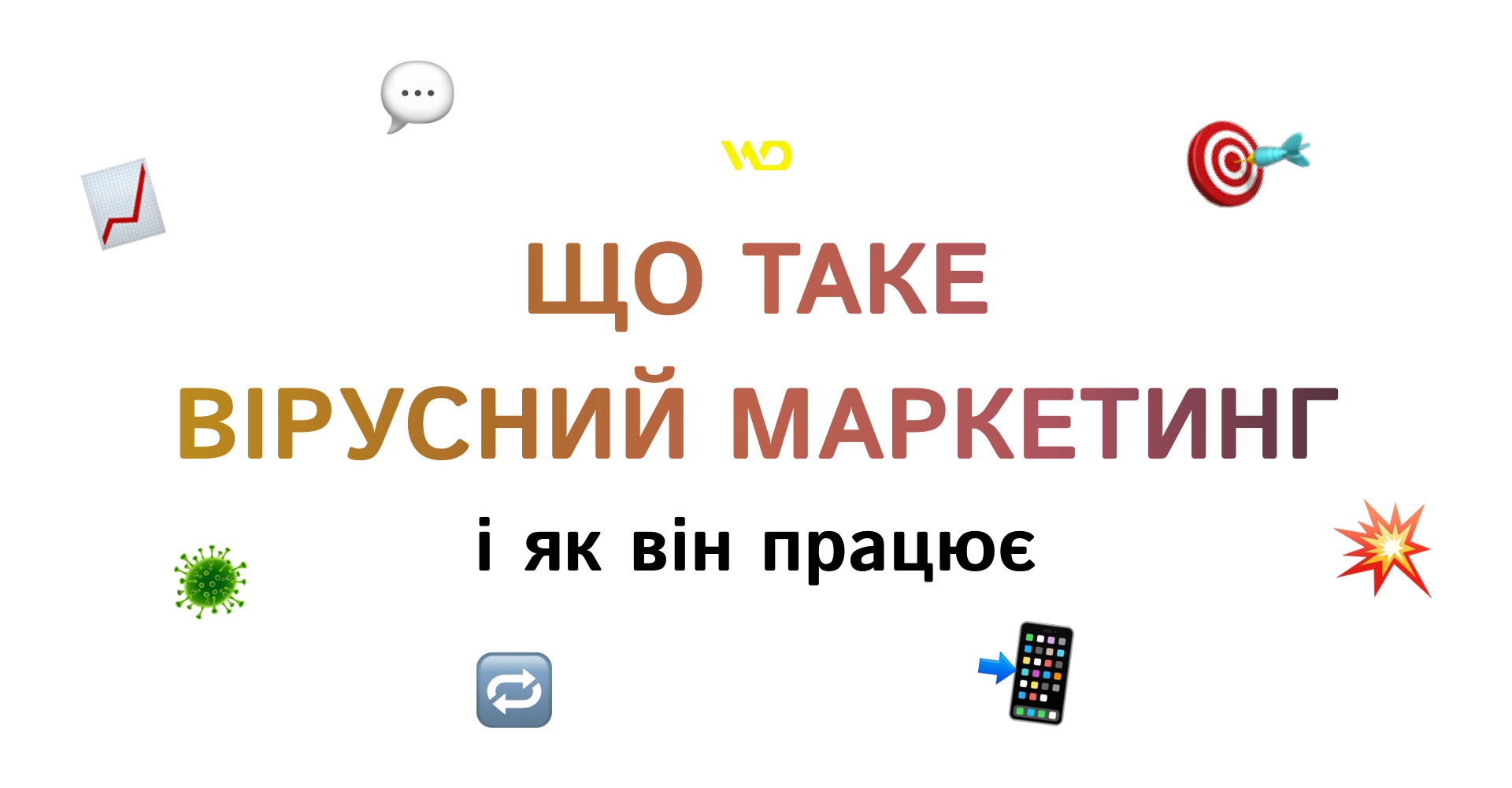
Today, the competition for audience attention is becoming increasingly fierce, so companies are actively looking for innovative promotion methods to increase their reach and engagement. In this new environment, marketing is going beyond traditional approaches, and more and more brands are turning to viral marketing as a key element of their strategies.
Viral marketing is based on the fact that users share advertising materials, videos, articles, or memes on their own, which leads to an exponential increase in reach without significant advertising costs. This approach allows you to focus your investments on creating high-quality content, which in itself becomes a powerful tool for engaging your audience.
In this article, we will discuss the concept of viral marketing, its mechanism, advantages and disadvantages, as well as the types and methods used by modern companies. Special attention should be paid to a step-by-step plan for creating effective viral advertising and examples of successful cases that will help you better understand how this powerful marketing tool works.
How viral marketing works
Viral marketing is a promotion strategy where content is distributed by word of mouth, which increases the audience reach dramatically. The mechanism of such marketing is based on four main factors:
- content should evoke strong emotions, because it is emotions that help engage users and encourage them to share information;
- It is important that the message is as simple and accessible as possible – the simpler it is formulated, the faster it attracts the attention of a wide audience;
- The value and relevance of the proposals play a key role, as materials related to contemporary topics always attract more interest;
- social networks and communities are becoming platforms where viral content spreads organically, causing a rapid increase in coverage.
The effect is achieved when people share information not because they are paid for it, but because they want to share something really interesting.
Modern marketing campaigns aimed at creating a viral or viral effect use strategies that prioritize audience engagement and spread naturally through advertising, blogs, forums, and social media platforms.
Advantages and disadvantages of viral marketing
Let’s look at the key benefits of viral marketing that affect business and should be taken into account when planning a marketing campaign.
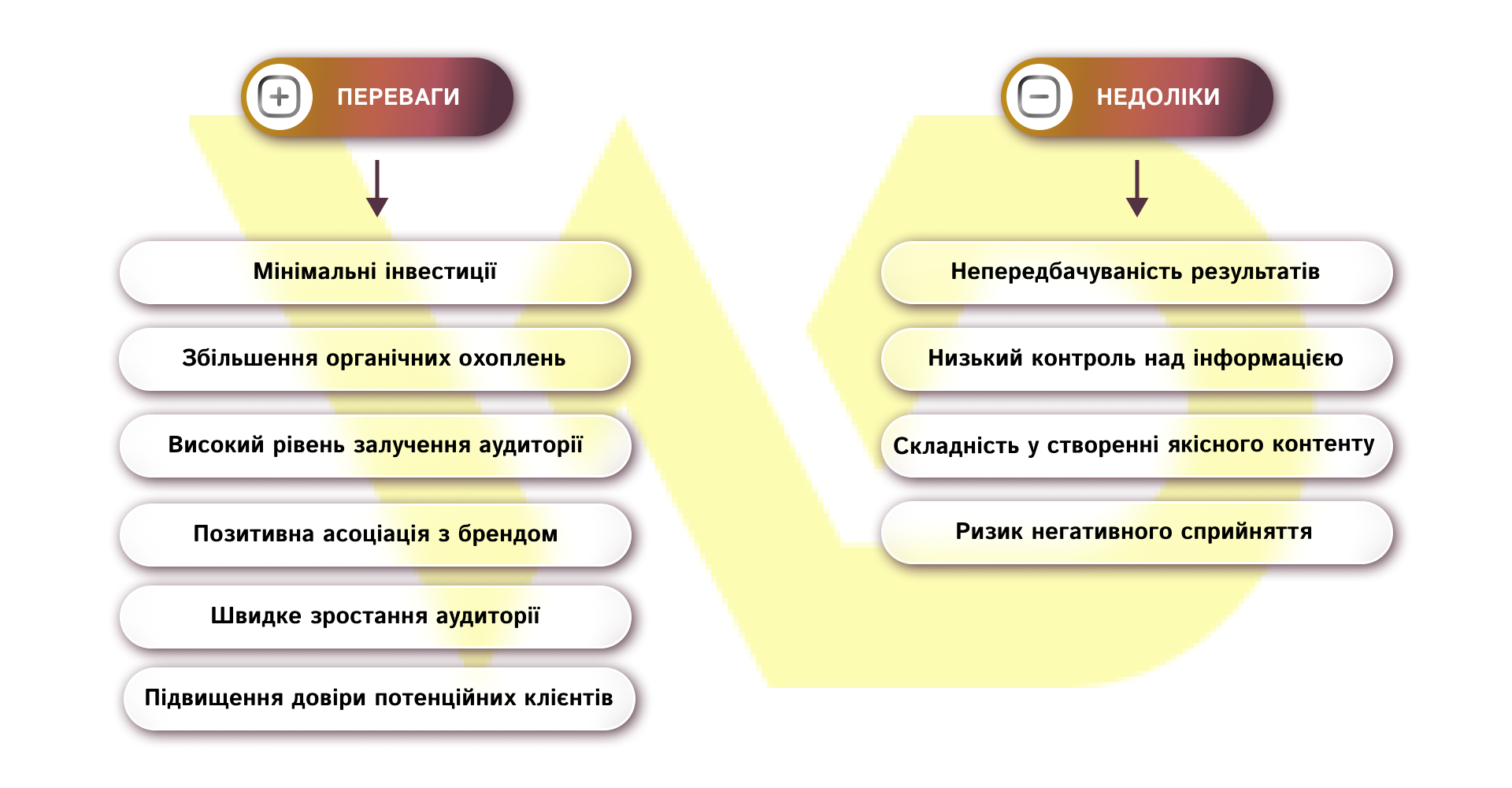
Let’s take a closer look.
Advantages
- Minimal costs.
One of the main advantages of viral marketing is its low cost. Companies can achieve a huge reach by investing minimal amounts of money in creating high-quality content.
- Organic coverage.
When users share information on their own, the audience reach grows exponentially, making marketing more effective.
- High level of engagement.
Content that evokes strong emotions stimulates user engagement and increases brand awareness. This is especially valuable in the context of emotionally driven marketing.
- Positive association with the brand.
When people voluntarily share viral content, an emotional connection is established between them and the product or service.
- Rapid audience growth.
Thanks to effective distribution, advertising becomes visible to a wide audience in a short period of time.
- Increasing trust.
User recommendations and word of mouth increase the trust of potential customers in the brand, which is a key factor in successful marketing.
Disadvantages
- Unpredictable results.
Viral marketing does not guarantee consistent success. Some campaigns achieve impact, while others go unnoticed.
- Low control over information.
Launched content can get out of control, and the company is not always able to manage information flows within the marketing strategy.
- Difficulty in creating high-quality content.
Creating truly faithful content requires a deep understanding of the audience, as well as a competent approach to design and message.
- Risks of negative perception.
The misuse of emotions and provocative methods can lead to negative feedback about a product or brand, which can lead to reputational losses in marketing.
Thus, although viral marketing offers significant benefits in terms of reach and engagement, its results are difficult to predict, and mistakes can be costly for a company.
Types of viral marketing
There are five main types of viral marketing. Let’s take a look at them and how they work.
Video viral marketing
Video content is the most popular format in viral marketing and viral content today. It can be short clips, advertising inserts, or even creative parodies that grab the audience’s attention. This type of marketing helps to increase the customer base through organic reach and a high level of interaction.
Memes and humor
Memes and humorous content are another effective way to increase audience engagement. The use of an easy and accessible format helps to quickly disseminate information and create a positive brand image. Due to its ease of perception, viral content containing funny pictures, jokes or satirical elements easily becomes part of an advertising campaign and is remembered by consumers.
Social challenges
This is an innovative type of marketing that stimulates active audience participation through completing certain tasks, reposting or participating in contests. Challenges can be both local and global, which creates opportunities to expand your reach and attract new customers. Such campaigns demonstrate examples of successful marketing and methods of integrating virtual marketing into the daily communication of a brand with its audience.
Infographics and data visualization
Infographics and other forms of data visualization are important tools of modern viral marketing. Well-designed visual content can not only attract attention but also simplify the perception of complex information. In the context of marketing, clear graphic design and structured data presentation help companies communicate their benefits, working methods, product or brand information to consumers. This approach creates the conditions for organic growth of coverage, as users are more likely to share such materials on social media.
UGC (user-generated content)
User-Generated Content (UGC) is when consumers create and publish materials related to a product or service on their own. Advertising becomes more authentic and organic. Thanks to this strategy, marketing can become more interactive and adaptive to the needs of the audience, allowing brands to compete in the market with minimal costs and high reach.
Modern marketing uses all these tools to create powerful viral content and maintain an emotional connection between the brand and the audience. This allows companies to remain competitive, as each method contributes to the growth of engagement and trust, which is the basis for success in the field of viral marketing.
Viral marketing methods
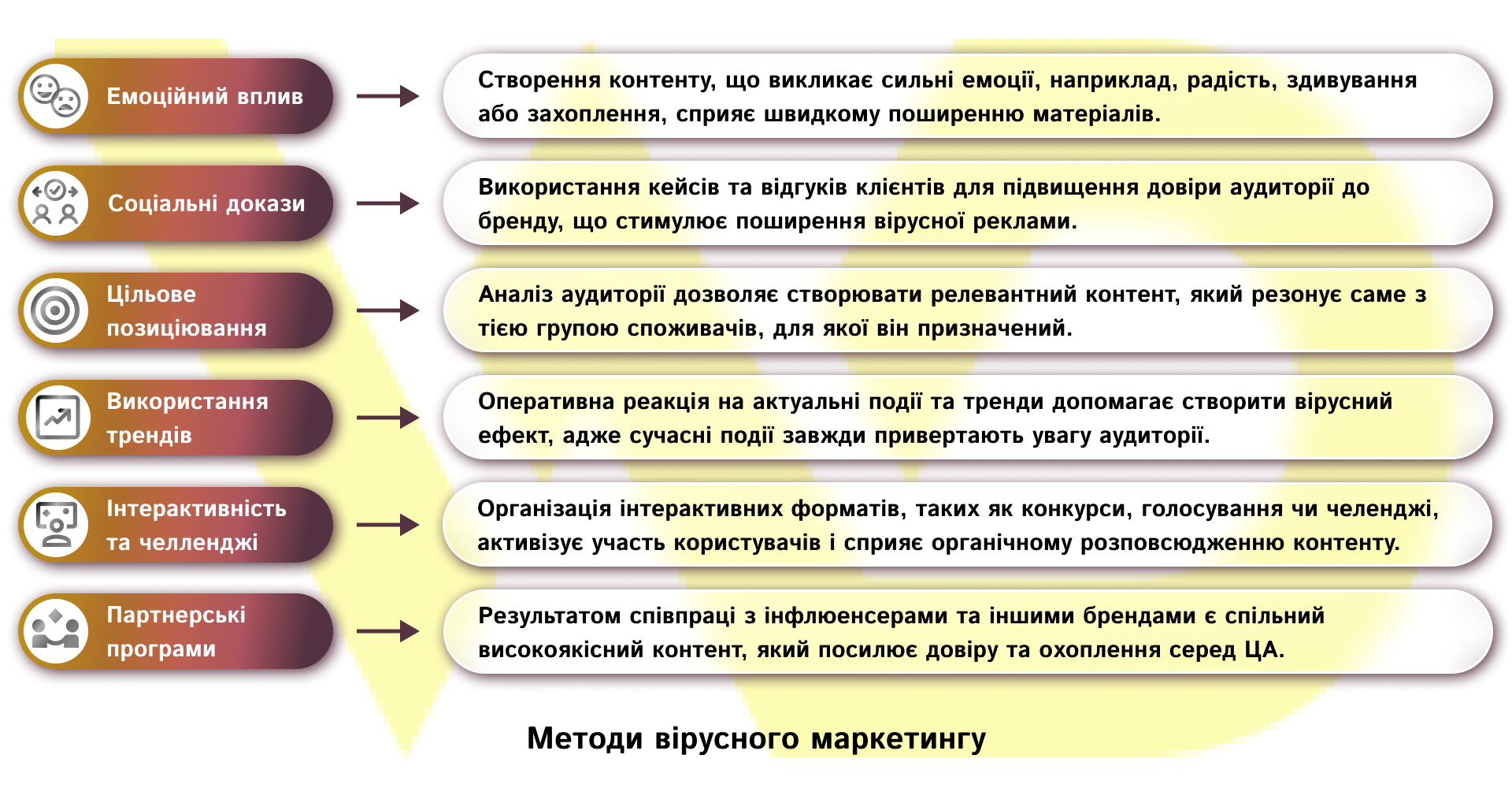
Effective viral marketing methods consist of a combination of creative solutions and analysis of customer behavior, which allows you to create content that evokes strong emotions and naturally spreads among the audience. The use of emotional impact is one of the most important tools: when a message is filled with emotions such as joy, surprise, or admiration, it turns into viral content that quickly resonates with users. At the same time, publishing case studies, customer testimonials, and other examples of social proof builds brand credibility, as people tend to trust information that has already been confirmed by others.
Careful target positioning allows not only to reach the right audience but also to create content that resonates with their interests, as understanding the needs of your customers is the key to success in modern virtual marketing. The use of trends and current events also plays an important role: when brands respond quickly to events, it creates an additional impetus for the spread of viral advertising, which becomes a vivid example of viral marketing. In addition, interactivity in the form of contests, polls, or challenges stimulates audience engagement, turning passive consumers into active campaign participants who are willing to share such content and contribute to organic growth of the reach.
Equally important are affiliate programs and collaborations with well-known influencers or other companies, which allows you to join forces and create high-quality branded content with a high level of trust. For example, a company can organize a joint contest with a popular blogger, which will become a real viral case study, or use a partnership to create a viral video ad that quickly gains views due to an emotional message about current trends. Another example is the use of social proof through the publication of customer success stories, which confirms the effectiveness of the product and strengthens the brand image. Also, the organization of interactive challenges where the audience is encouraged to share their own experience of using the product turns customers into active promoters, which creates an additional level of engagement and positive feedback.
Thus, each of the methods, including emotional impact, social proof, targeted positioning, trending, interactivity, and partnerships, has its own unique strength to expand reach and engage customers. Combining these methods helps to create powerful viral content that generates natural interest and trust, which is an integral part of successful campaigns.
How to create a viral ad: a step-by-step plan
Creating a viral ad is not only a creative process, but also a well-thought-out strategy based on analysis, testing, and a deep understanding of the audience.
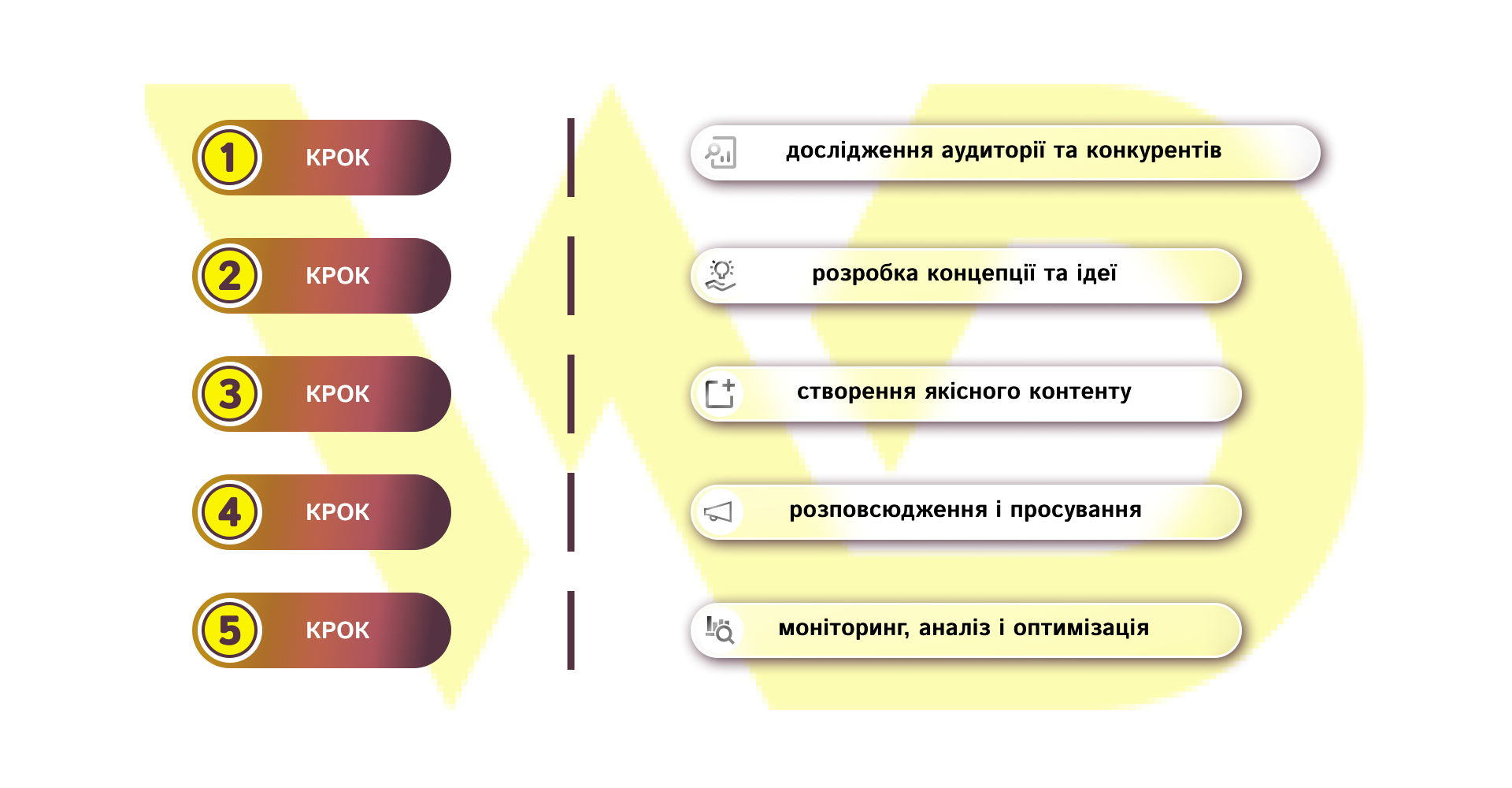
Below is a detailed step-by-step plan that will help you launch an effective viral campaign and increase your brand’s reach, engagement, and awareness.
Step 1: Research your audience and competitors
Before creating viral content, you need to clearly understand who it is intended for. Analyze your target audience: identify their interests, emotional triggers, and behavioral habits. Next, study how similar marketing works for competitors – look at examples from your niche, especially those that have gained a high level of engagement. This research will help you create unique content for your campaign that meets current trends and market needs.
Step 2: Develop a concept and idea
The idea is the heart of any campaign. It should be emotional, simple and relevant. Create a message that evokes joy, laughter, surprise, or inspiration – anything that encourages people to share. Add a «hook» – an unexpected or creative twist that will make your content unique.
Alternatively, come up with a story that makes your audience laugh or admire, and this story can become the basis for a viral marketing campaign. Use simple and clear language so that the message is quickly understood, and relate the concept to current trends or important events. If your campaign is linked to a specific event, such as holidays or a major sporting event, it will add relevance and help draw more attention to your brand.
Step 3: Create quality content
For marketing to work, advertising must not only be interesting, but also visually appealing and easy to consume. The effectiveness of marketing directly depends on this. Choose a suitable format: video, memes, infographics, or animation. Ensure image quality, sound, editing, and proper design. Avoid «cheap» solutions if you want to leave a positive impression about your brand. Well-designed content will help not only show the benefits of your product but also create an emotional connection with consumers.
Step 4: Distribution and promotion
Even the best advertising will not work if it is not seen. It is important to organize the distribution properly. Use all available marketing channels: social networks, blogs, email newsletters, messengers. Involve influencers who can share your viral content, and use paid advertising for the initial launch to help «unleash» the wave.
For example, post your video on YouTube and share it on Facebook or Instagram, where your target audience already exists. Involve well-known influencers, who can help spread viral advertising – it can be a joint contest or challenge with a popular blogger, which guarantees additional coverage. Also, don’t forget about paid promotion opportunities to speed up the initial effect and make your brand more visible to a wider audience.
Step 5: Monitoring, analysis, and optimization
Once you’ve launched your campaign, don’t stop. Constantly monitor its effectiveness: analyze views, reposts, comments, and reach. Use analytics tools to see what worked: topic, format, platform, or timing. Make changes, optimize future campaigns, and don’t be afraid to experiment in marketing.
Creating a viral ad is a balance between creativity, analytics, and understanding people. If you follow these steps and take into account viral mechanisms, you can create a campaign that will not only get views, but also bring real benefits to your brand and business.
Analyzing the effectiveness of viral advertising
To understand whether viral marketing really works, you need a thorough analysis. After all, just like any other tool, advertising should produce concrete results. And if a campaign is successful, it means not only a wave of popularity but also an increase in leads, sales, or brand awareness.
Several key indicators are used to evaluate the effectiveness of an advertising campaign:
- Cost per impression (CPI).
- Cost per lead (CPL).
- Click-through rate (CTR).
- Profitability (ROI).
It is equally important to compare the results of viral marketing with other advertising channels. If viral content brought in more leads or sales at a lower cost, it’s a signal that the format worked.
How do you know if an ad has gone viral?
There are several indirect but obvious signs:
- videos, memes, or posts go viral on social media without any additional promotion;
- people themselves start mentioning the brand in comments and discussions;
- there is a queue for a product or service, both real and virtual.
- feedback, reviews, and discussions appear on independent resources, forums, and bloggers.
These signs indicate that the marketing worked naturally and had an organic effect. But even if a viral ad hasn’t garnered millions of views, it can still be considered successful if it has achieved its goal: increased brand awareness, brought in new subscribers, etc.
Successful examples of viral marketing
Some advertising campaigns have become vivid examples of successful viral marketing, attracting the attention of millions of users and significantly increasing brand awareness. They prove how effective marketing can be when based on emotions, creativity, and a deep understanding of the audience. Below are some of the most impressive ones.
- Duolingo and the «death» of the Duo mascot (2025)

In February 2025, Duolingo launched a bold marketing campaign in which it «killed» its green owl, Duo, in all countries except Japan, taking into account cultural peculiarities. This action attracted the attention of users and significantly increased engagement on the platform.
- Burger King’s «Moldy Whopper» campaign (2020)
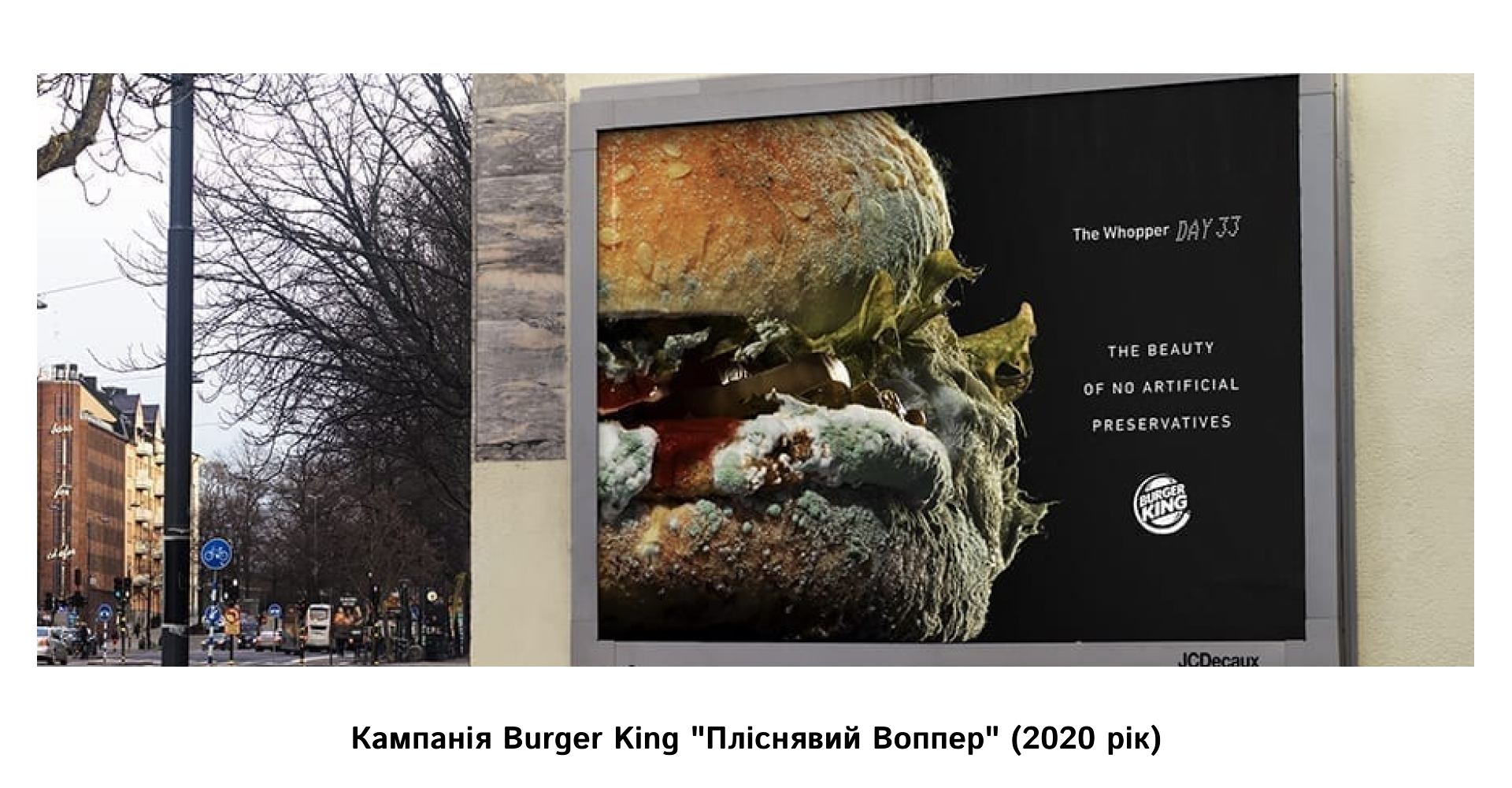
In 2020, Burger King launched a bold ad that showed their burger getting covered in mold in 34 days. This emphasized the absence of artificial preservatives in their products and caused a wide public outcry, becoming one of the most memorable viral marketing campaigns. Such an unconventional approach to marketing not only attracted attention but also sparked active discussions in social networks and media.
- Swallow’s Nest flash mob from Ukrainian brands (2022)
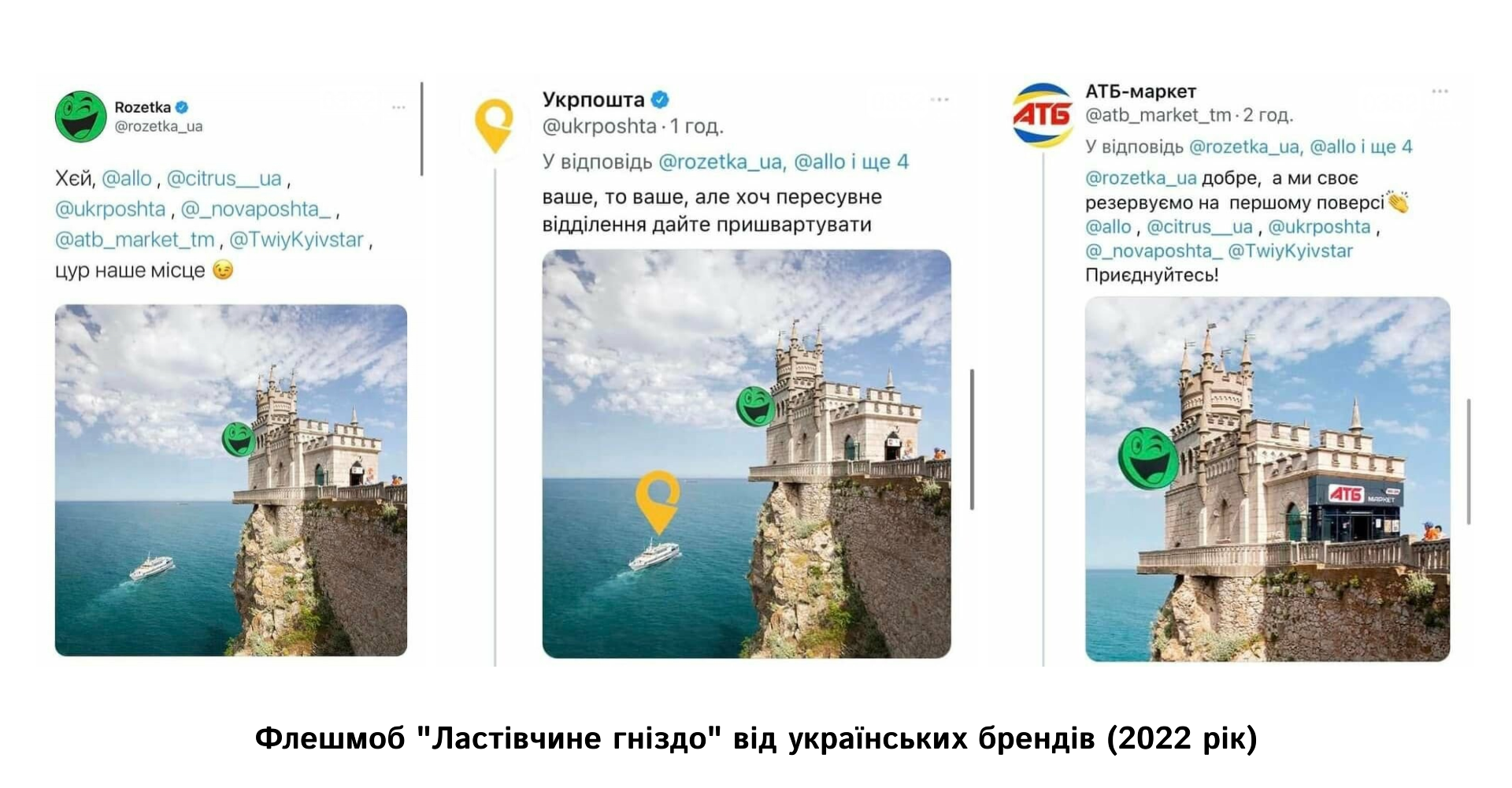
Rozetka initiated a flash mob by placing its logo on the image of the Swallow’s Nest and inviting other Ukrainian brands to join. This helped to unite businesses and increase the patriotic spirit among Ukrainians. Rozetka’s post received over 18 thousand likes and 2 thousand retweets.
- Nike: 3D billboard in Tokyo (2022)
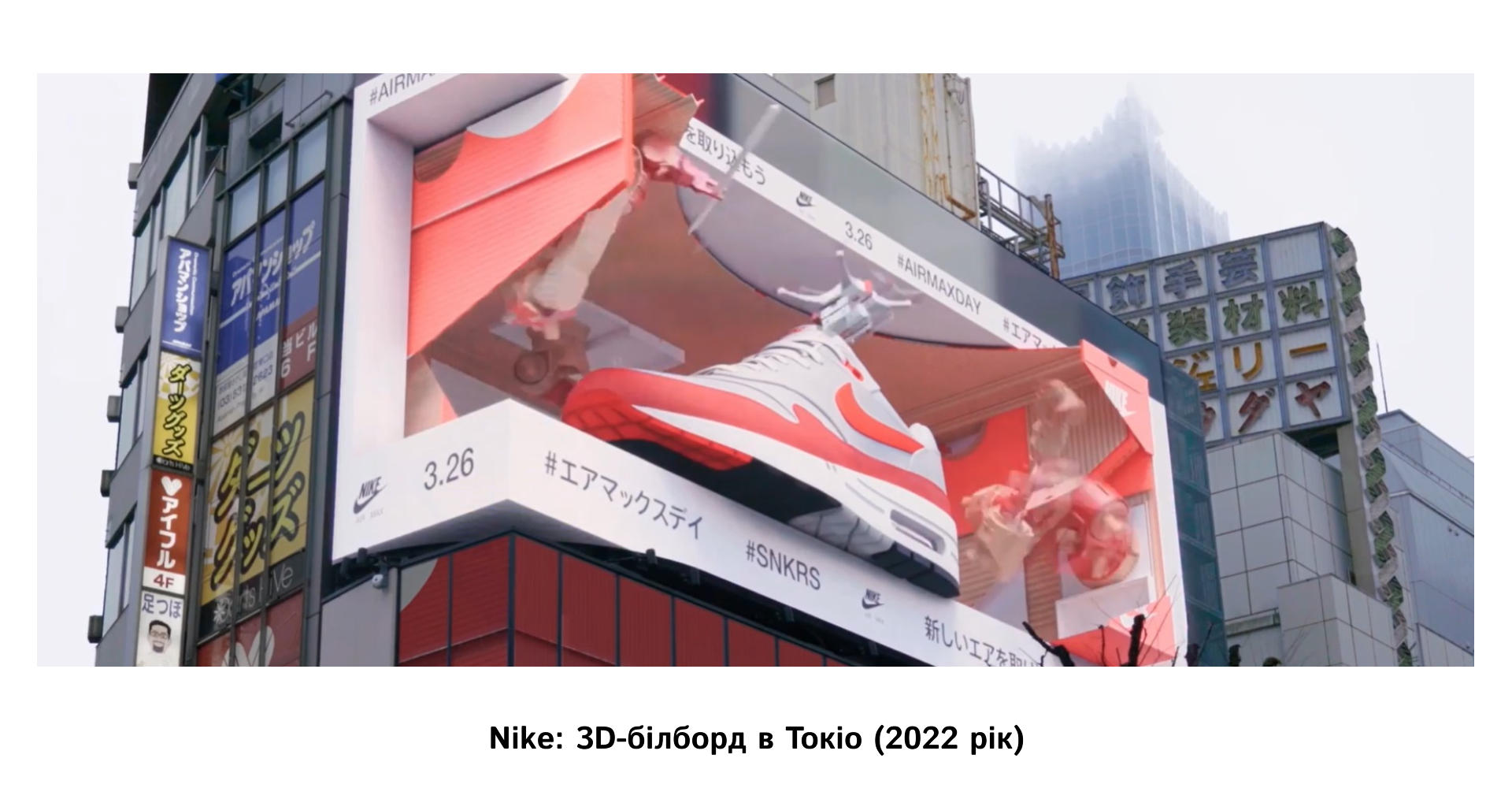
On the eve of Air Max Day, Nike installed its first 3D billboard in Tokyo’s Shinjuku district. A large orange Nike box opened up, showing different Air Max models, which delighted passers-by and garnered hundreds of thousands of views on YouTube. This format of interactive marketing has become a vivid example of how creative ideas can engage the audience and strengthen the emotional connection with the brand.
- Apple and the #ShotOniPhone campaign (2019-2024)
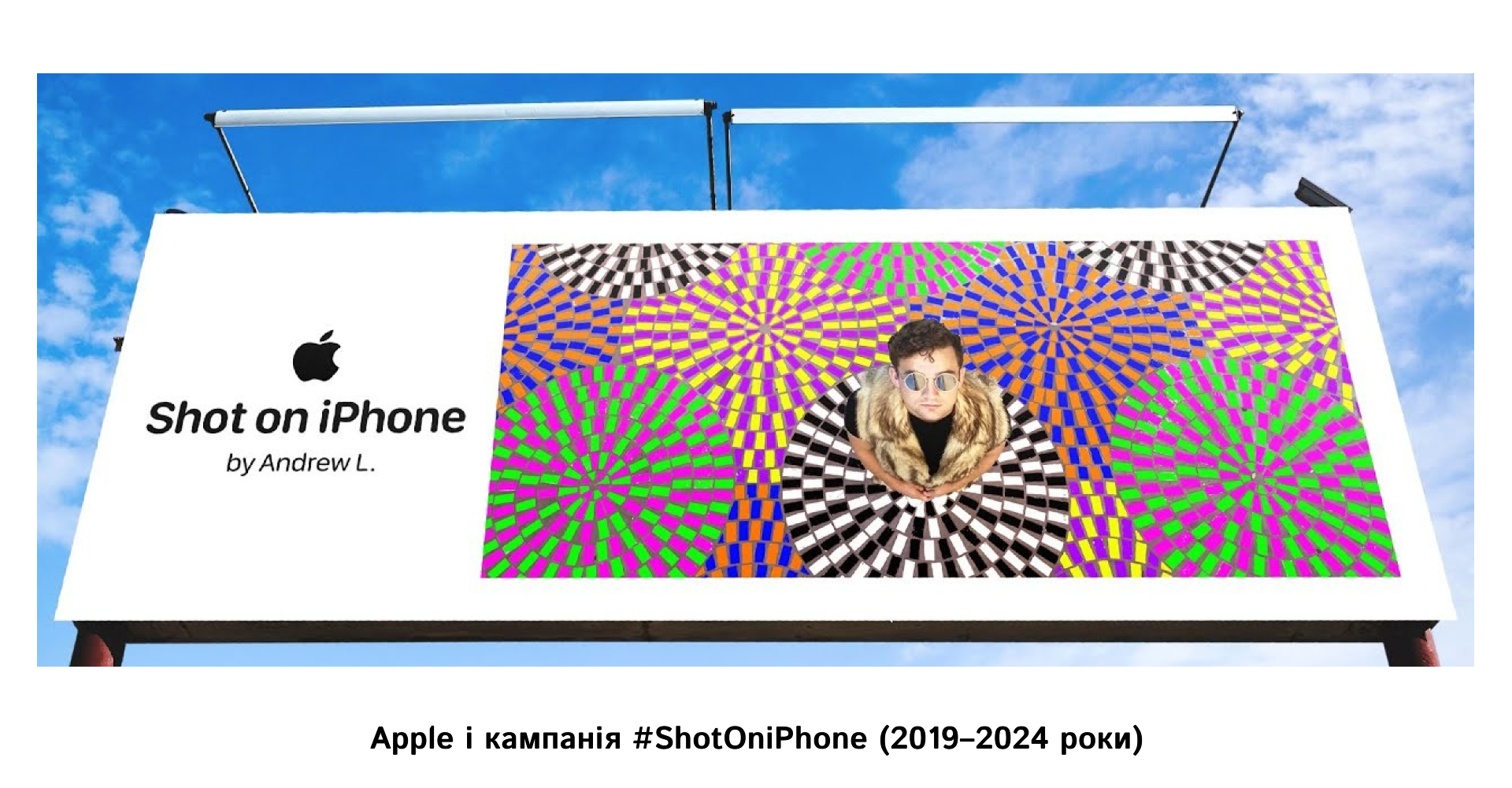
Apple encouraged users to share photos taken on their iPhone with the hashtag #ShotOniPhone. The best works were displayed on billboards and in stores around the world, emphasizing the quality of the iPhone camera and contributing to the creation of a community of users.
- Flash mob «Cheeky» (2022)
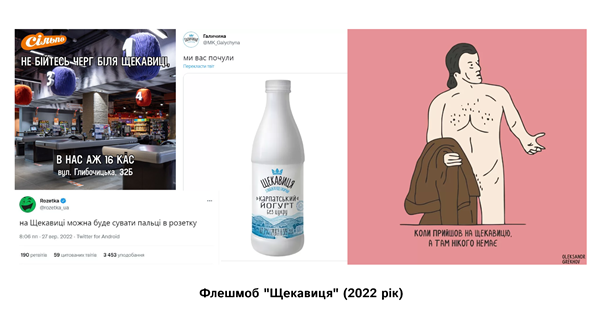
In response to the threat of a nuclear strike, Ukrainians launched a meme about spending the last hours on Mount Shchekavitsa. Brands such as Silpo joined the flash mob, publishing humorous posts that received thousands of likes and reposts. This reaction was an example of successful marketing in a crisis – when brands stay in tune with the mood of the audience, keeping in touch through relevant and emotionally charged content.
- «Share a Coke» advertising by Coca-Cola (2011-2024)
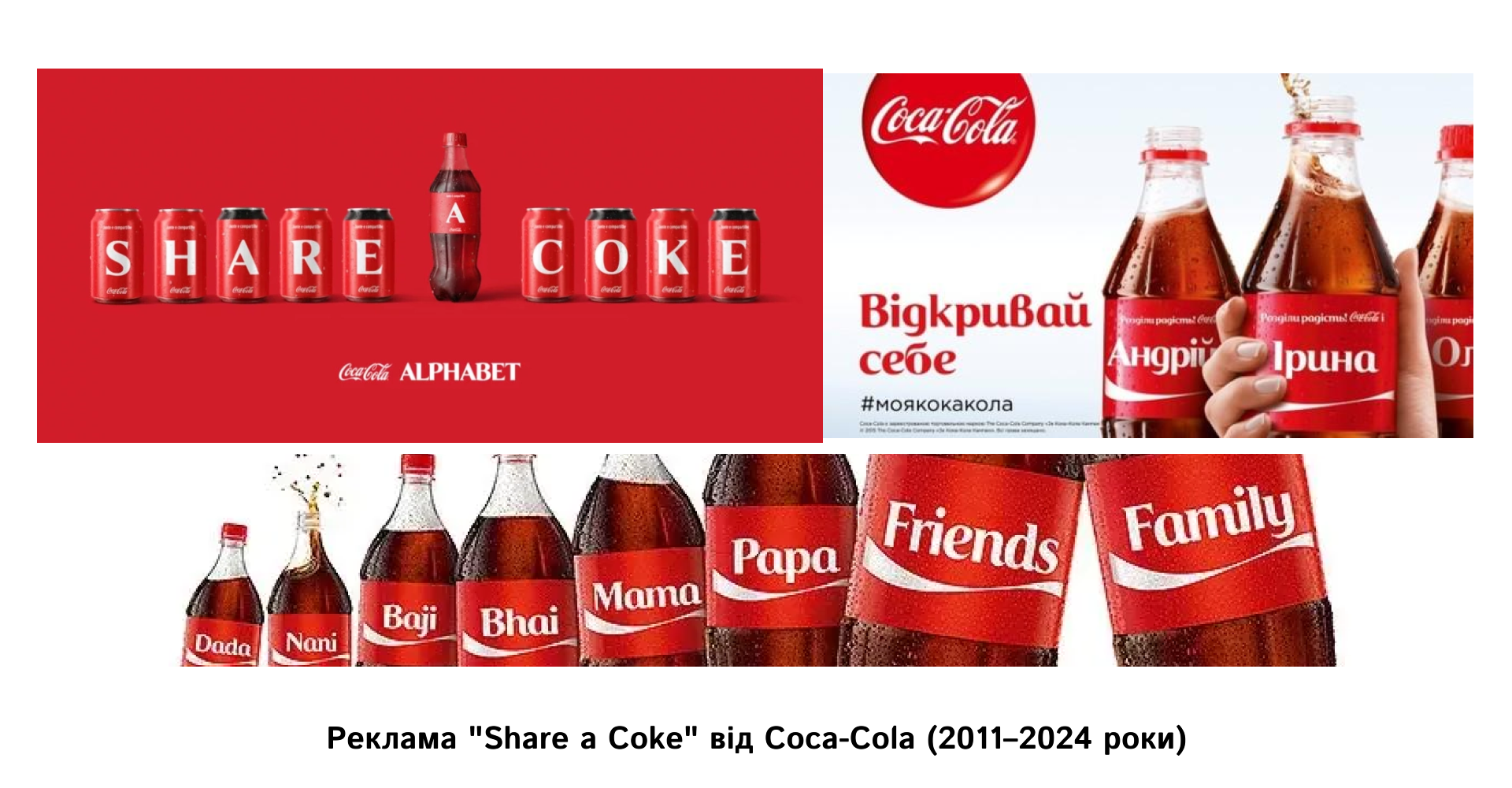
Coca-Cola’s «Share a Coke» campaign has become one of the most successful viral campaigns in recent years. It consisted of personalizing the packaging with names on the bottles, which motivated people to buy drinks for friends and family by looking for their names or the names of loved ones on the labels. The campaign was a great success on all continents, driving sales growth and generating a strong response from consumers who actively shared photos of the bottles on social media.
- «Dobroho Dnia» Pharmacy in Times Square (2024)
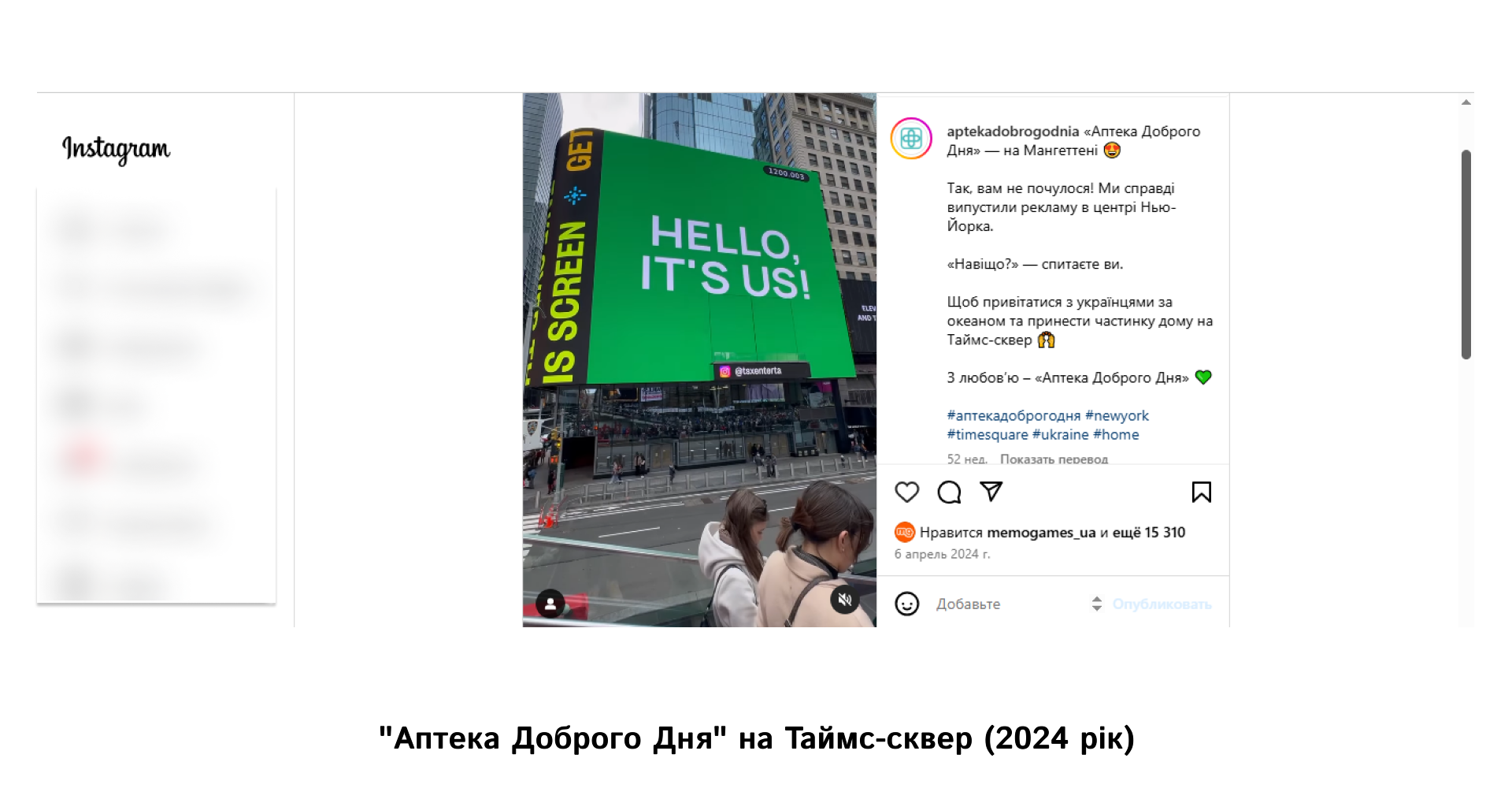
In 2024, the Dobroho Dnia pharmacy chain decided to demonstrate the viability of Ukrainian business in the international arena. For a symbolic $60, they posted a video in Times Square in New York with the message «Hello, it’s us!». The initiative garnered 1.2 million views on social media and inspired other Ukrainian companies, such as Aesculab laboratory and MEEST logistics company, to join the challenge, emphasizing the activity and creativity of Ukrainian business.
- DTEK vs Usyk. The Battle for Light» (2024)
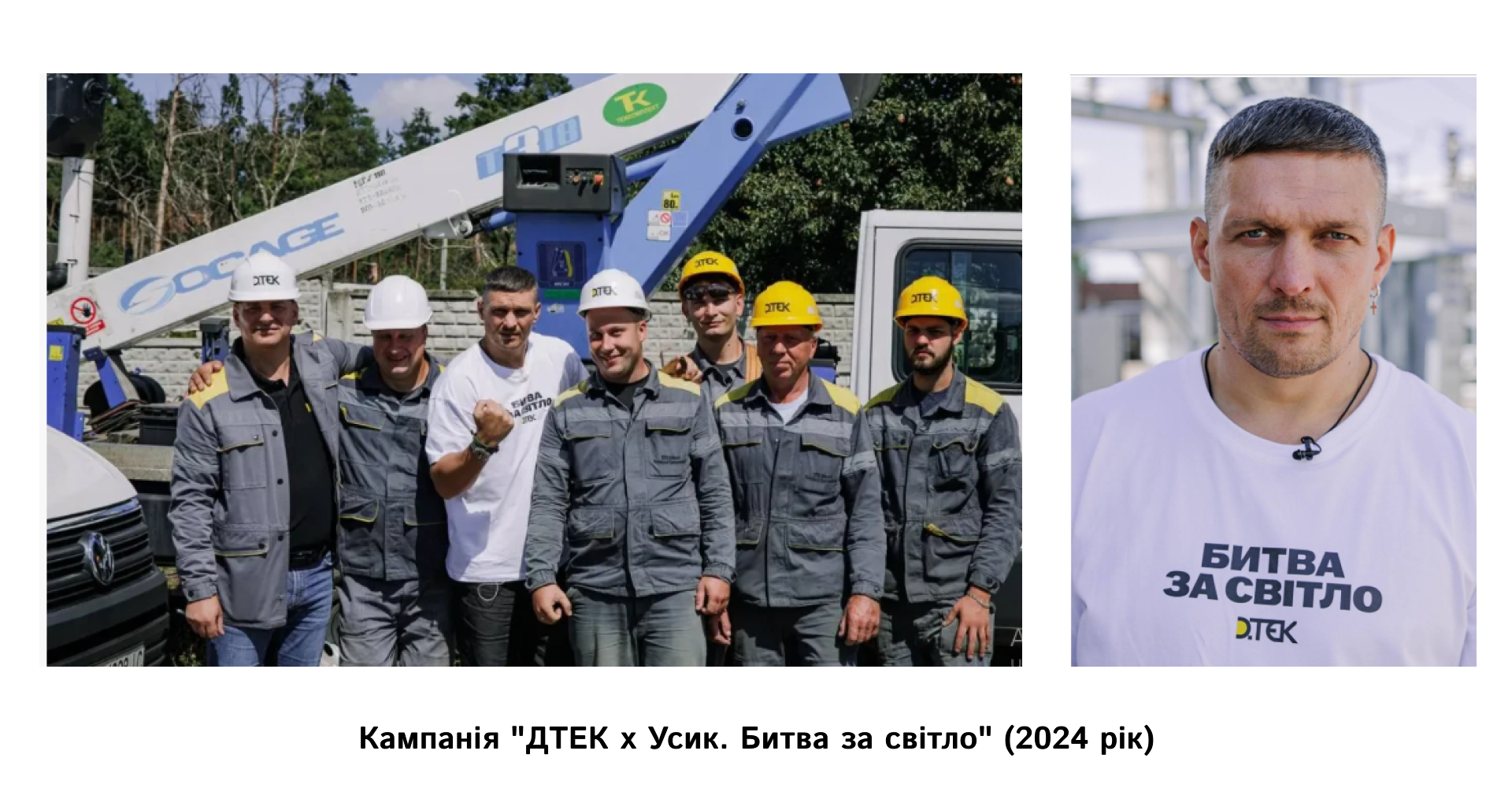
In 2024, DTEK energy company sponsored boxer Oleksandr Usyk, turning the ring into a symbolic battlefield for light. The campaign was a great example of marketing that attracted global attention and allowed the company to sign contracts worth more than UAH 1 billion in a month, emphasizing the importance of Ukraine’s energy independence.
These campaigns demonstrate how a creative and unconventional approach to marketing can attract the attention of a wide audience, significantly increase brand awareness and help promote your ideas and values on the international stage.
And here are some other advertising campaigns that can be considered among the most successful. They not only attracted attention and sparked discussions, but also remained in the viewers’ memory.
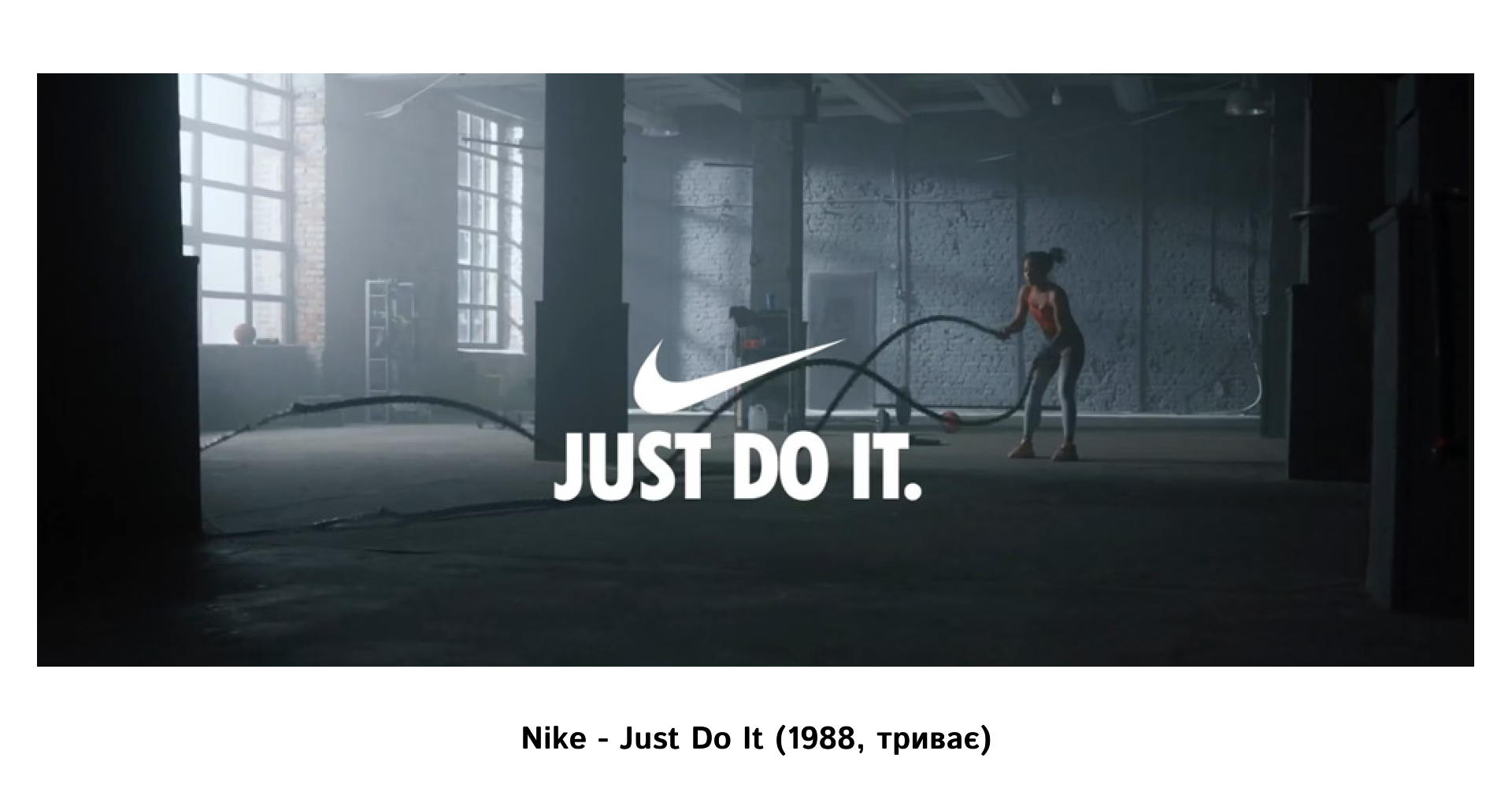

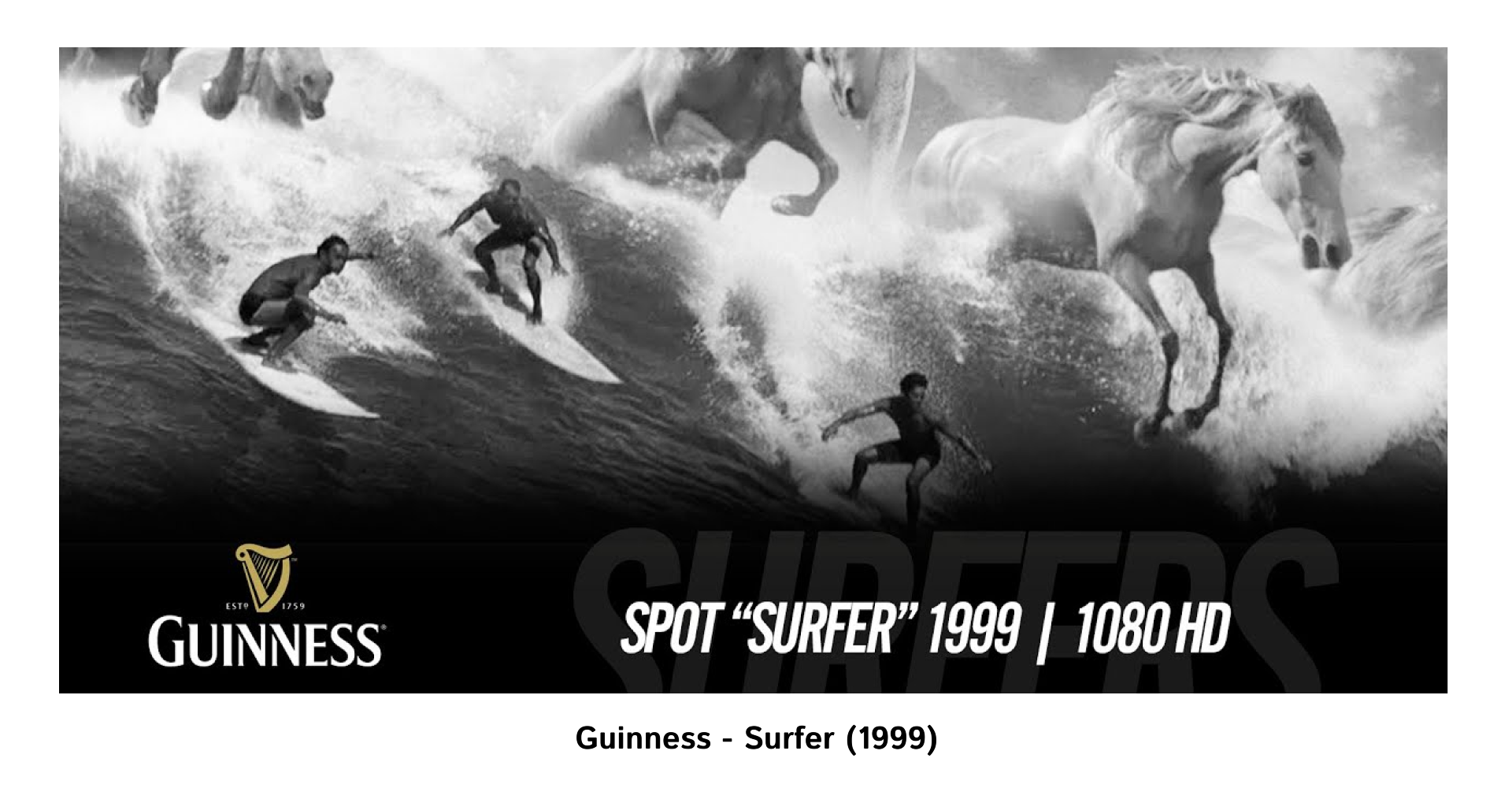

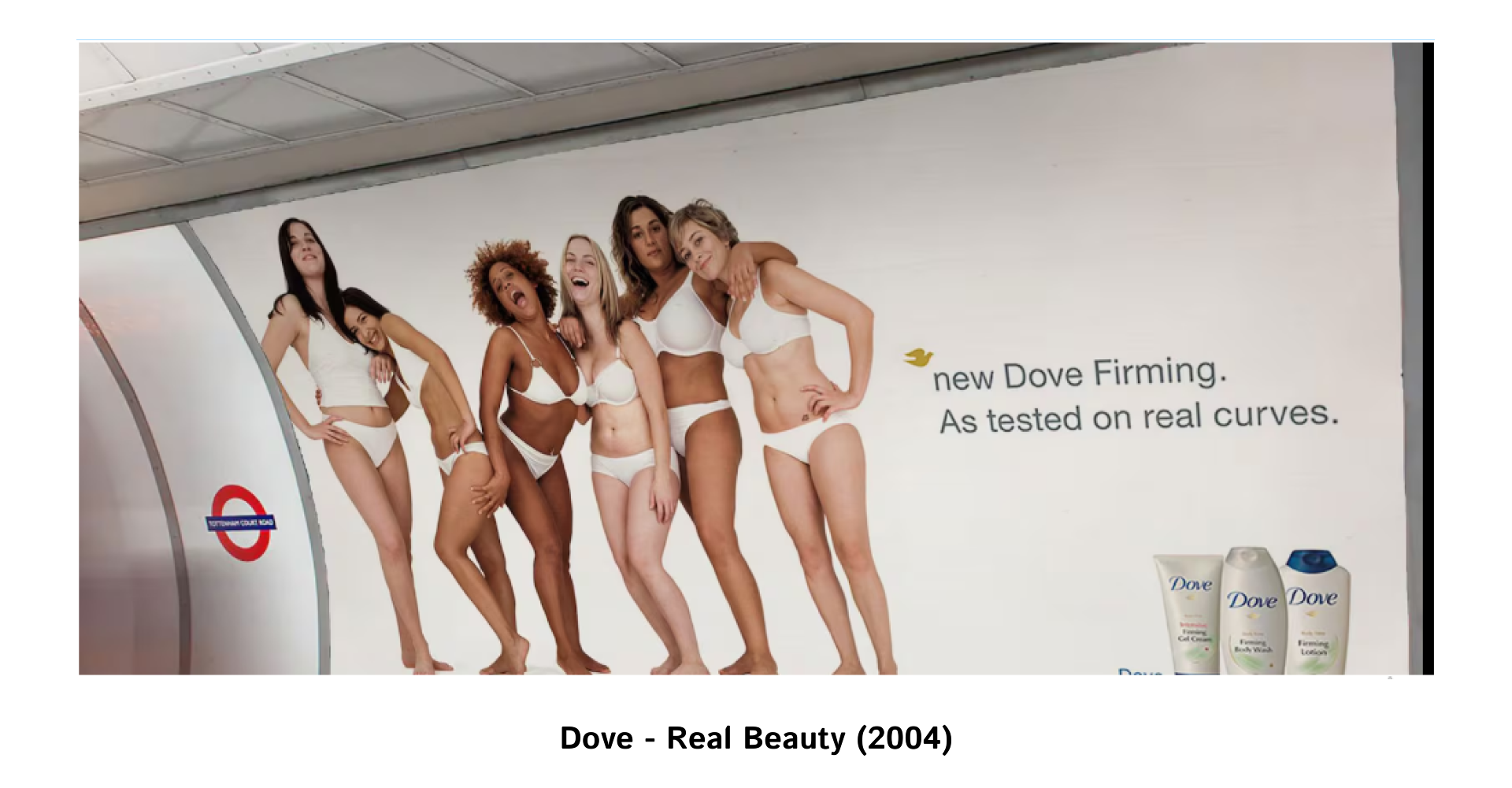
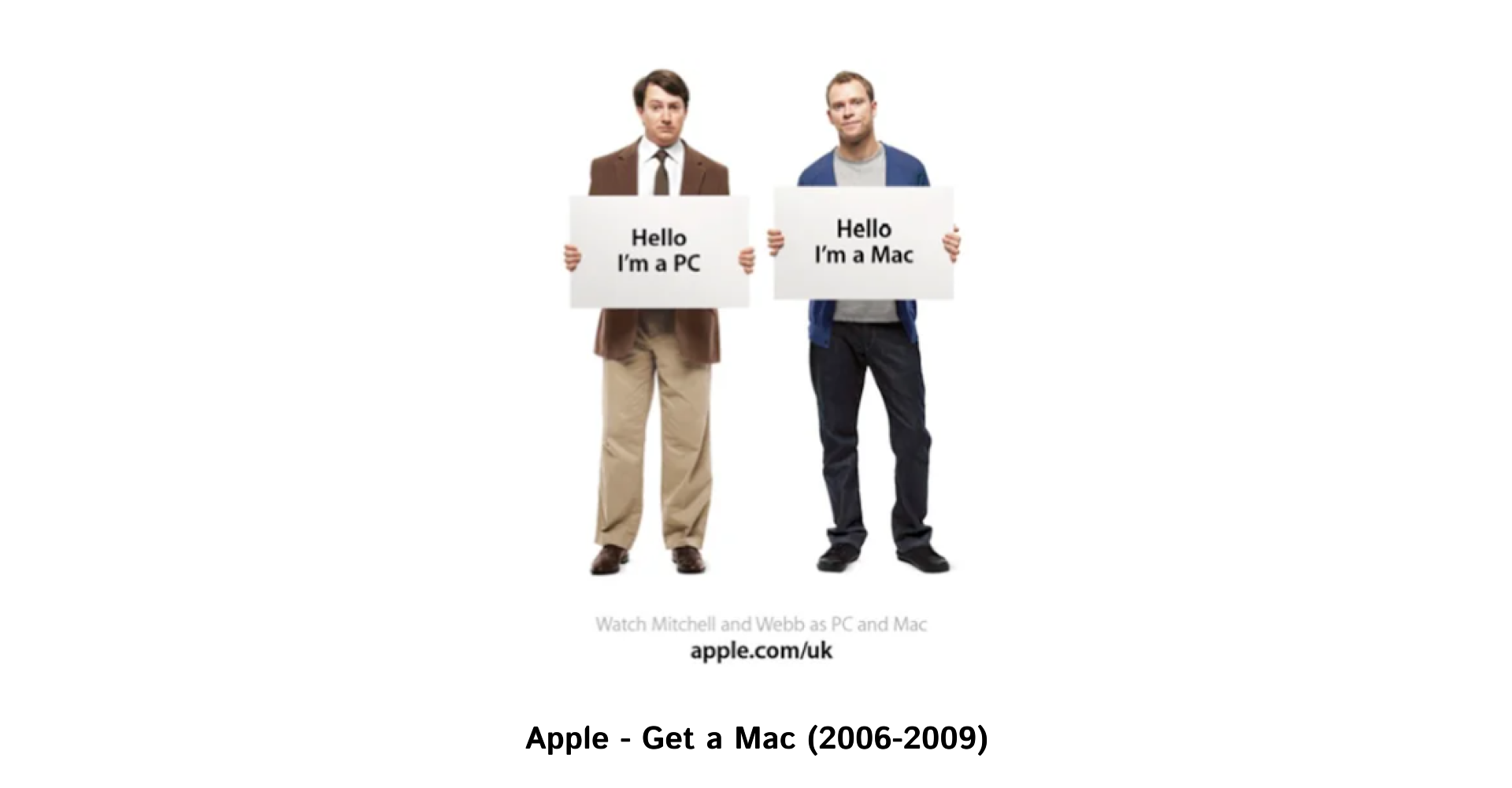
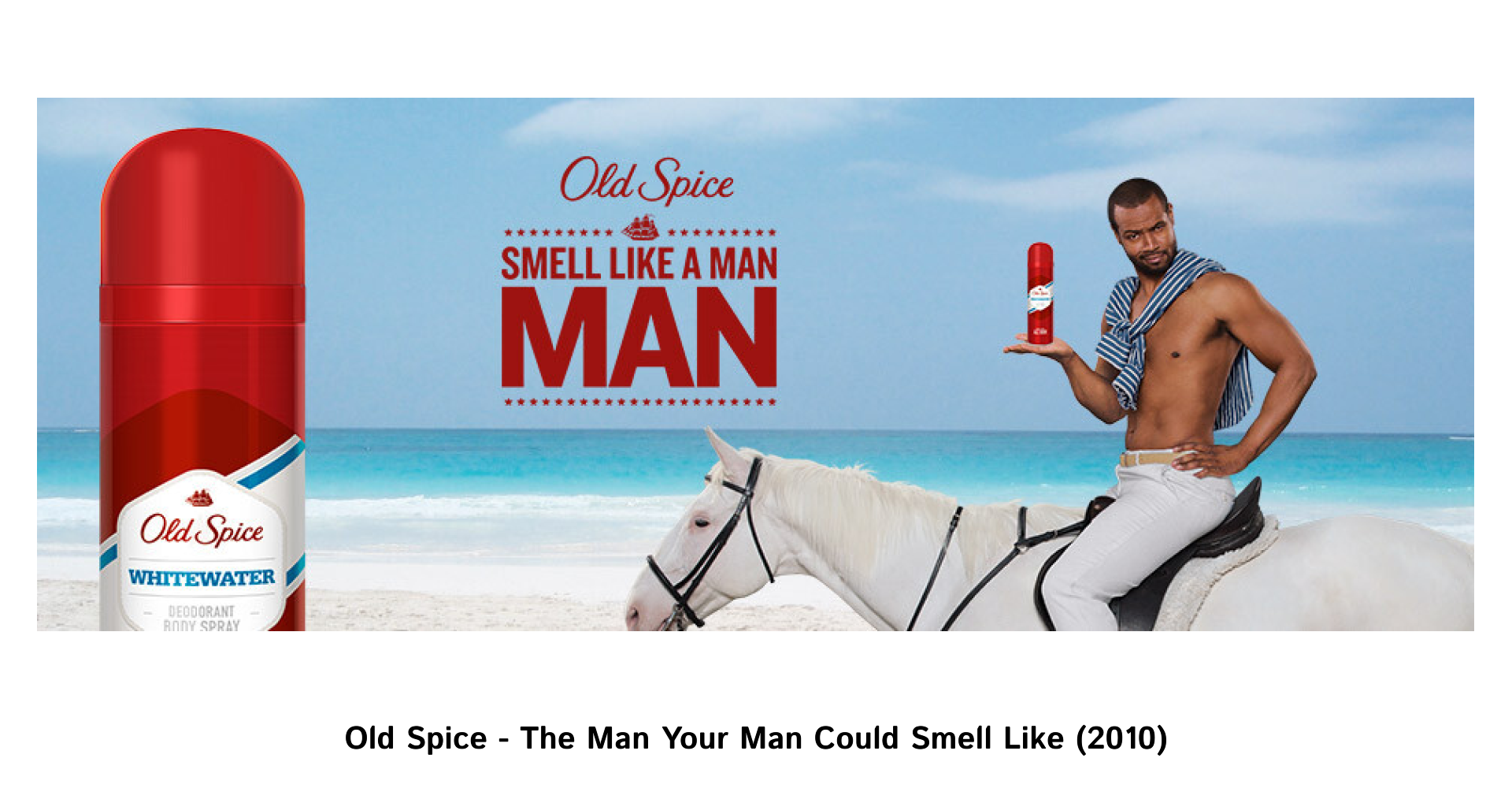
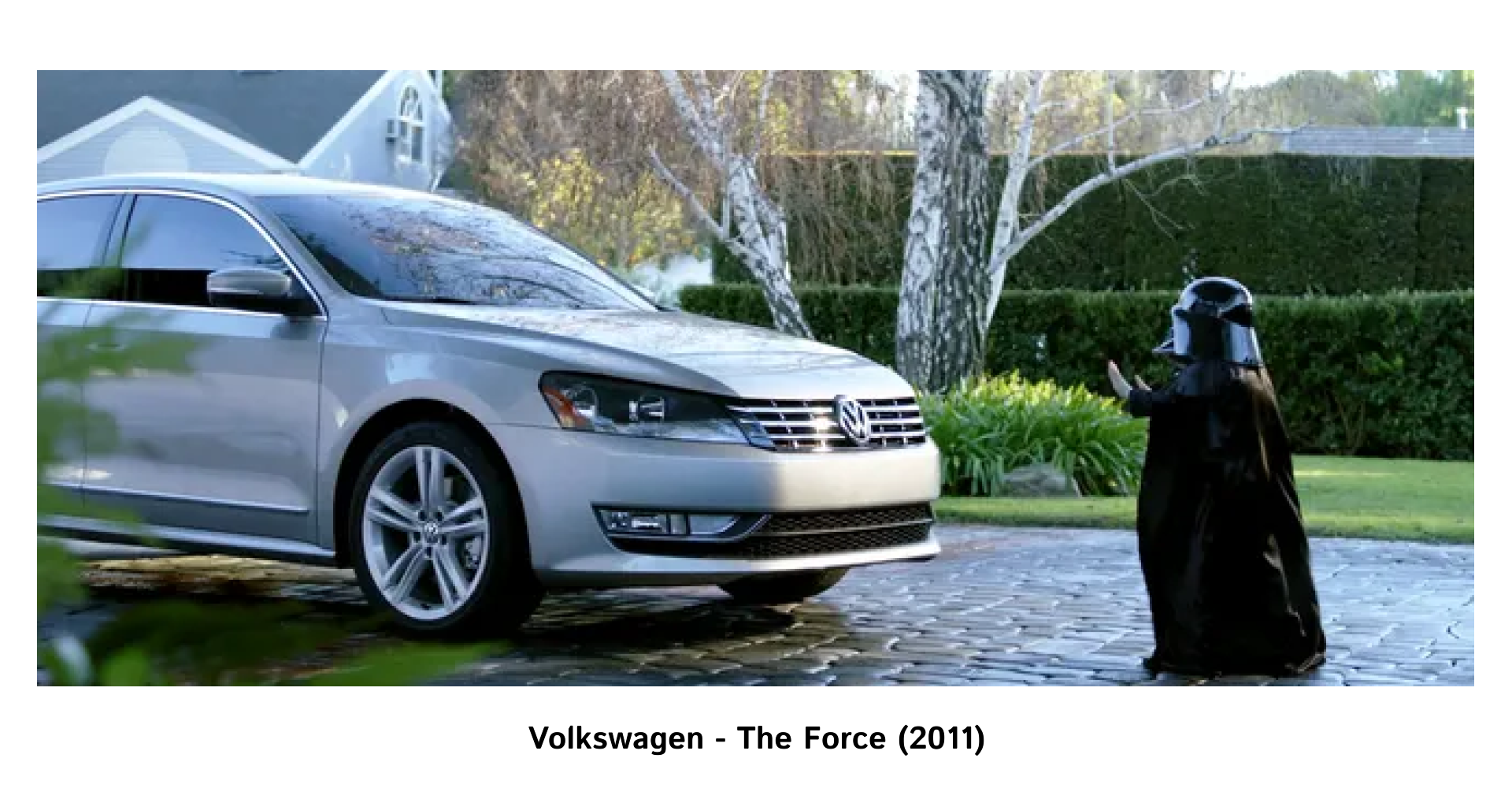
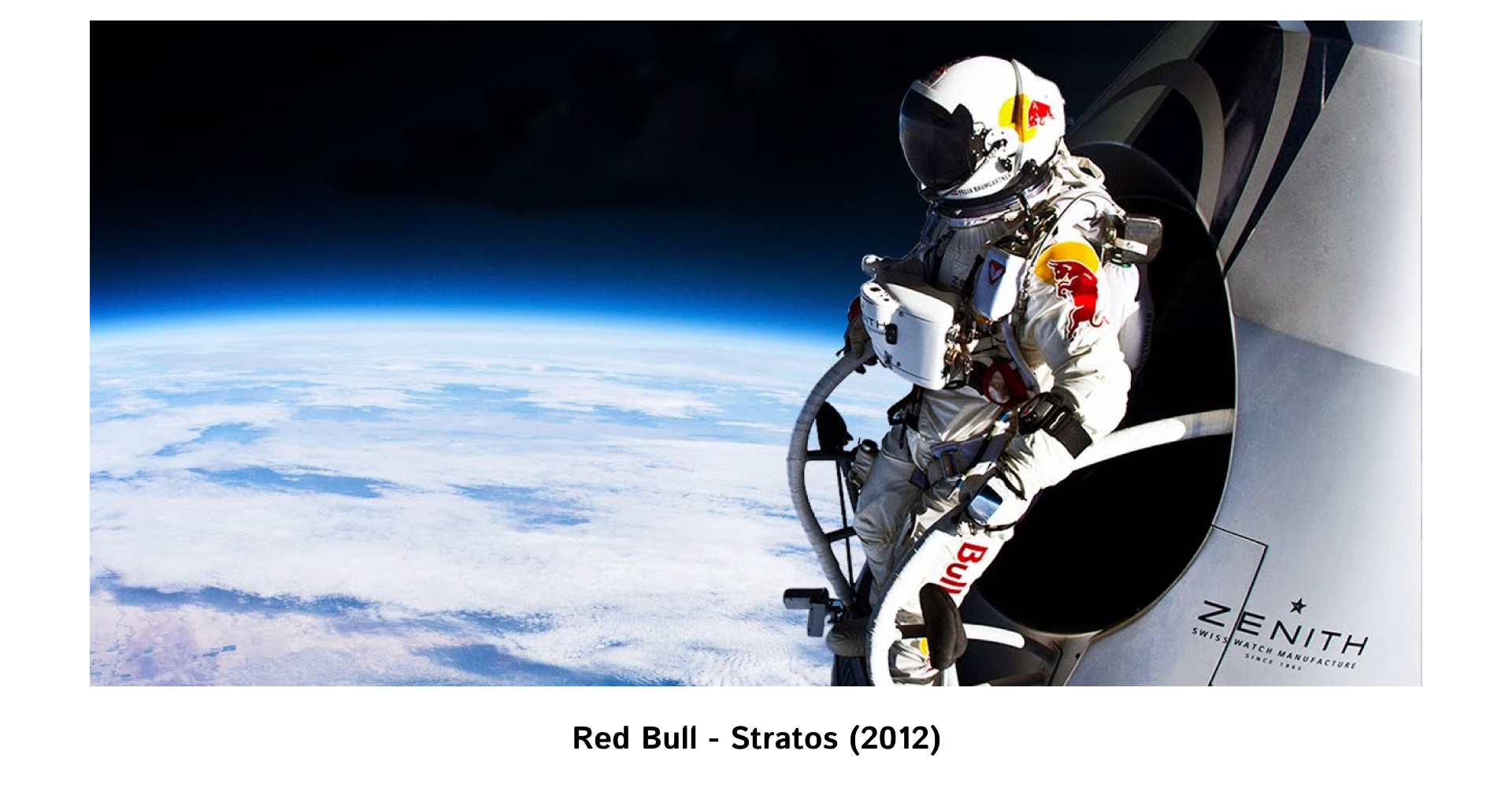
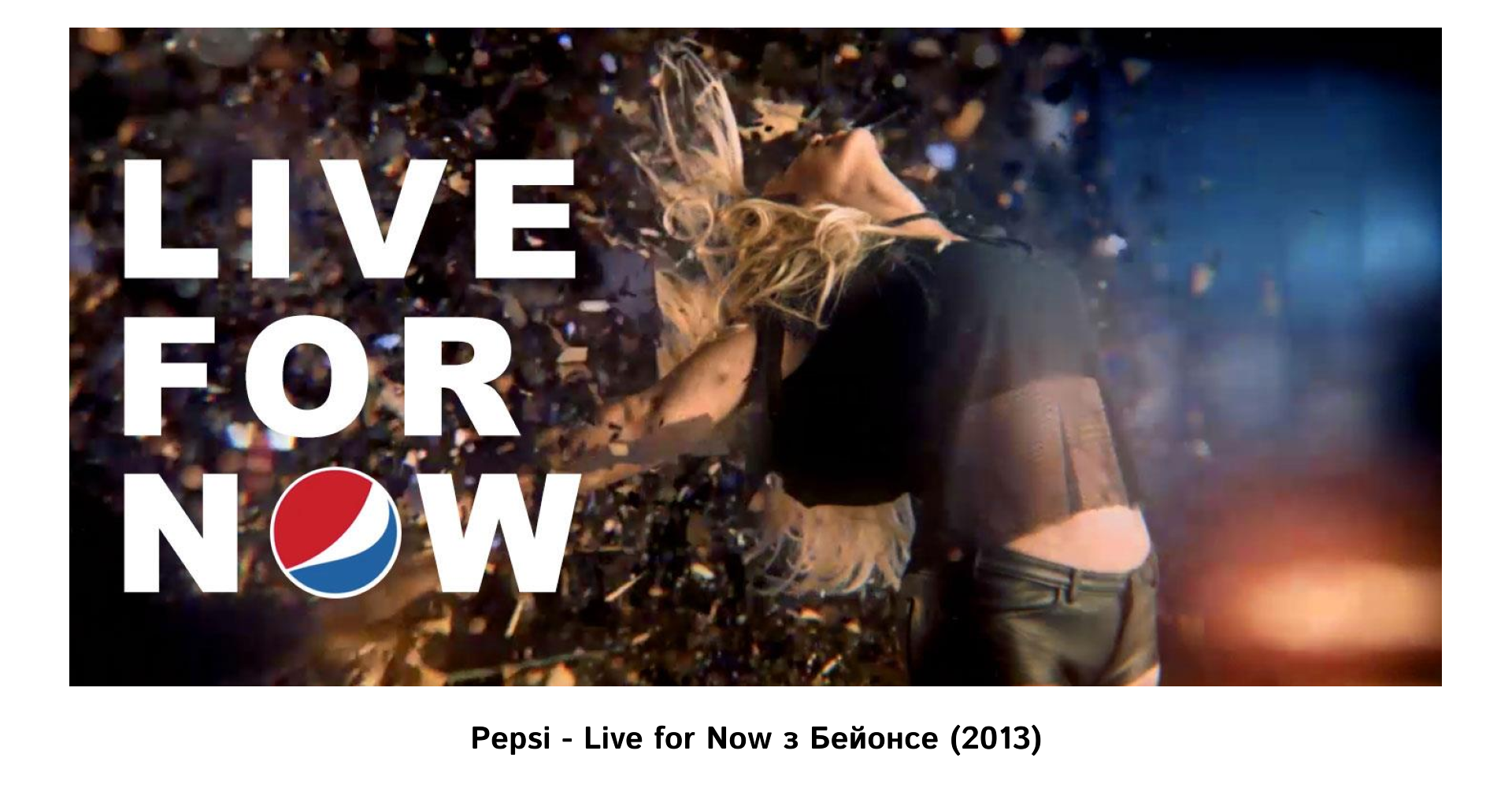
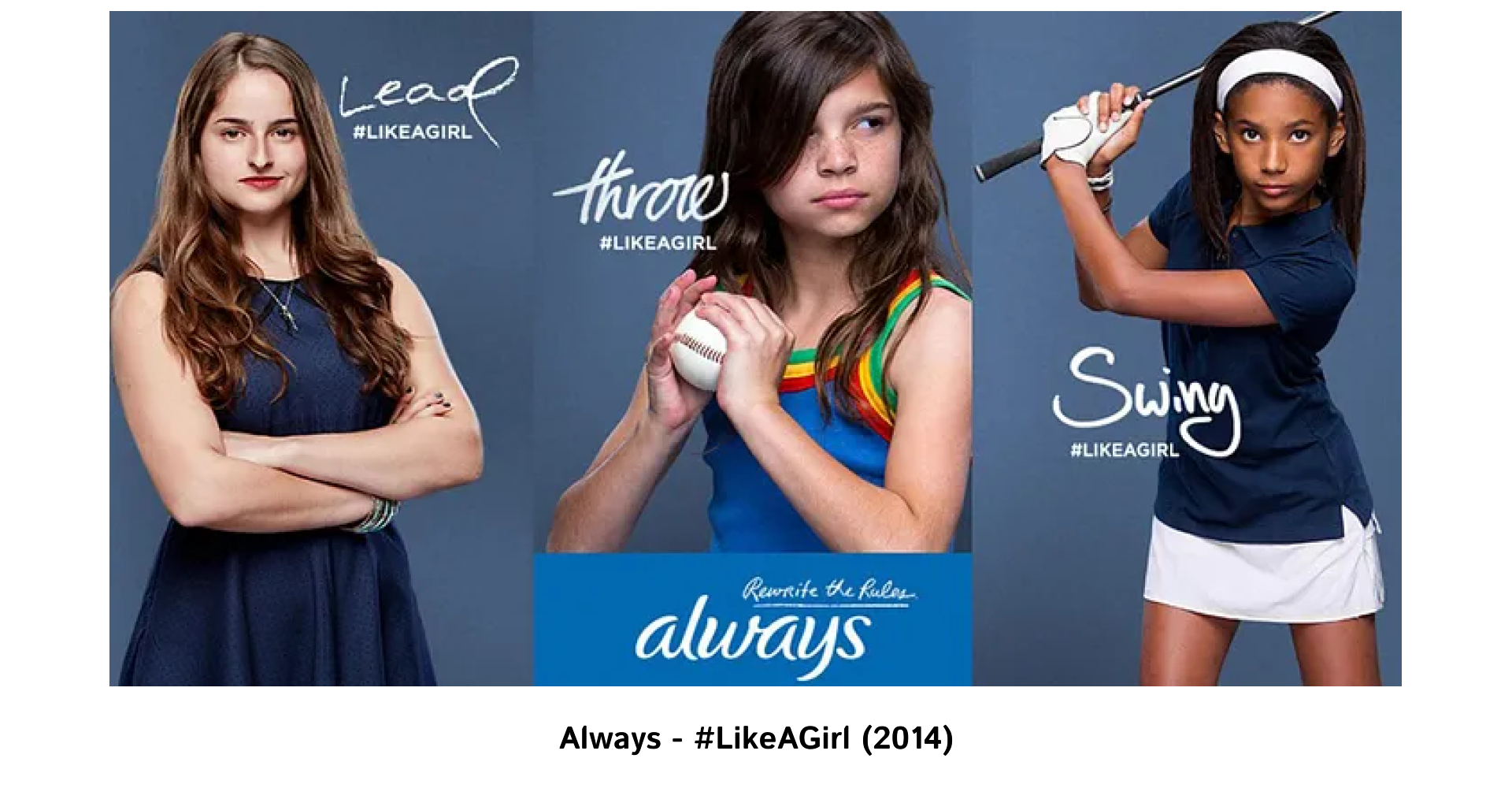
Is it worth using virtual viral marketing?
Viral marketing is a powerful tool that allows businesses to attract attention and increase their reach without significant financial investment. Its basic principle is to create content that users share themselves, increasing brand awareness. This approach allows you to save on advertising and create sustainable engagement. However, successful use of viral marketing requires creativity, understanding of the target audience, and risk-taking. Today, viral marketing remains relevant, especially for brands that want to get quick results on a limited budget.



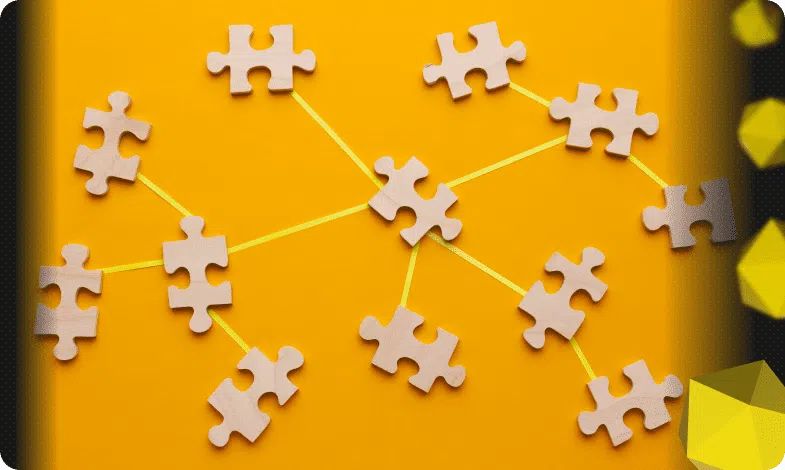



 23/07/2025
23/07/2025  1557
1557


